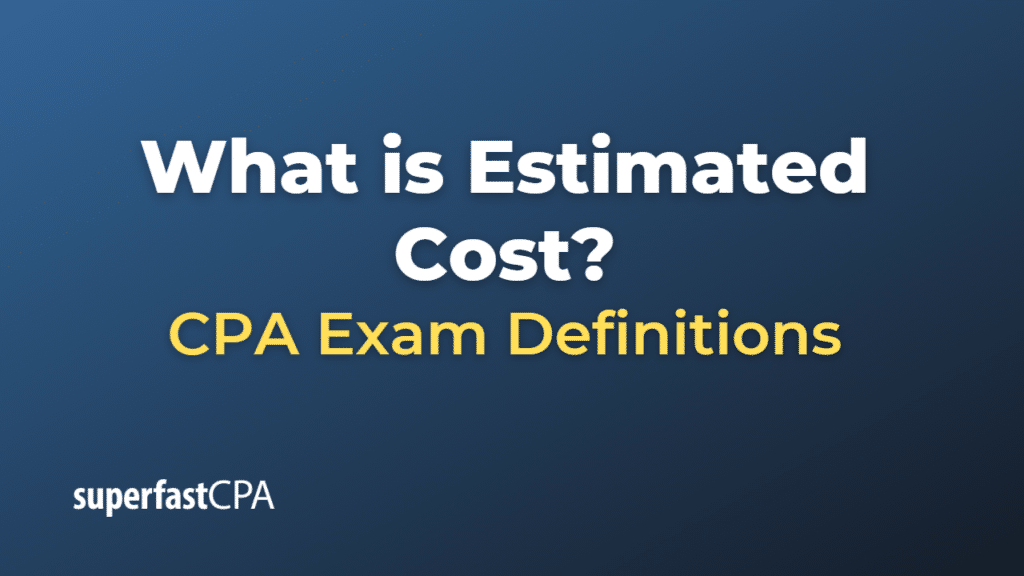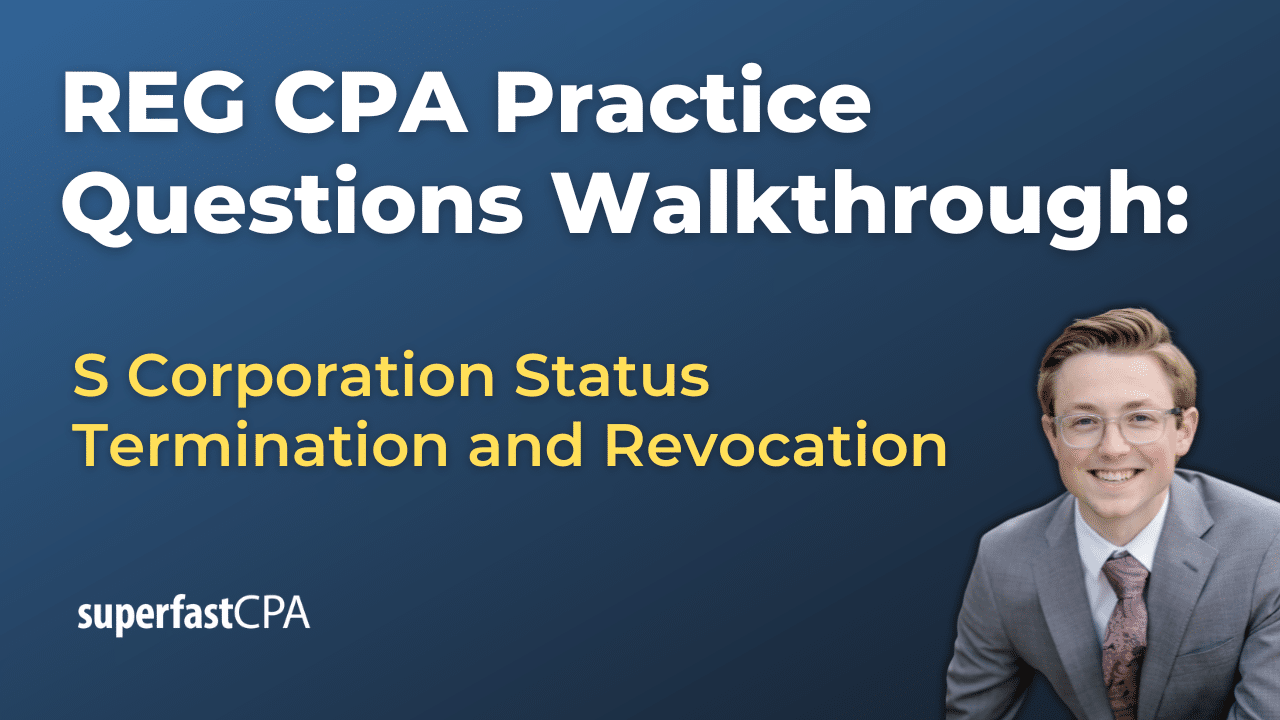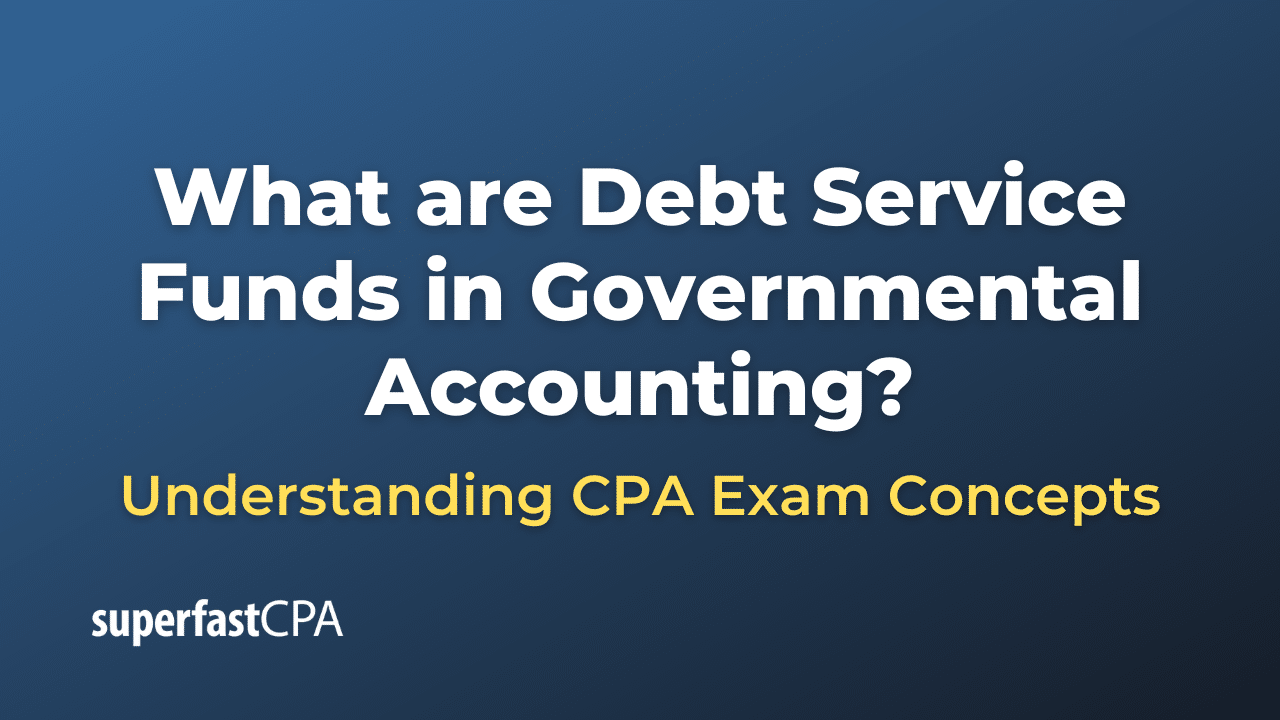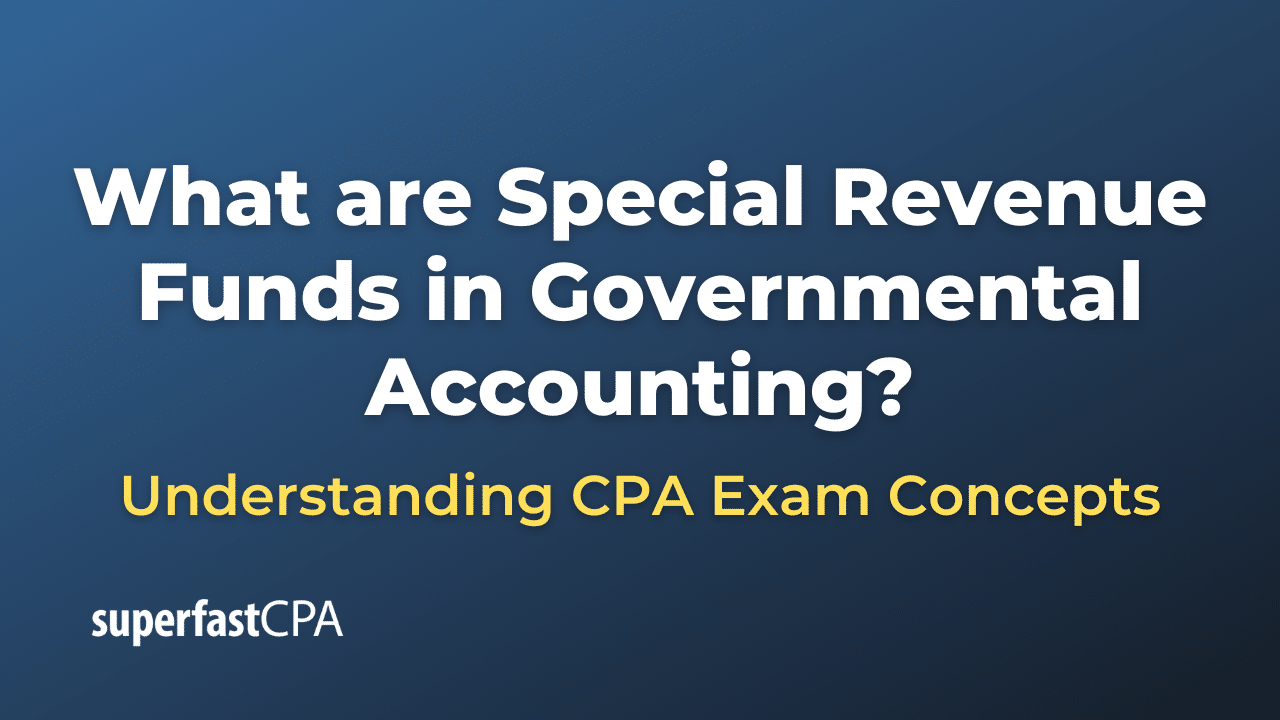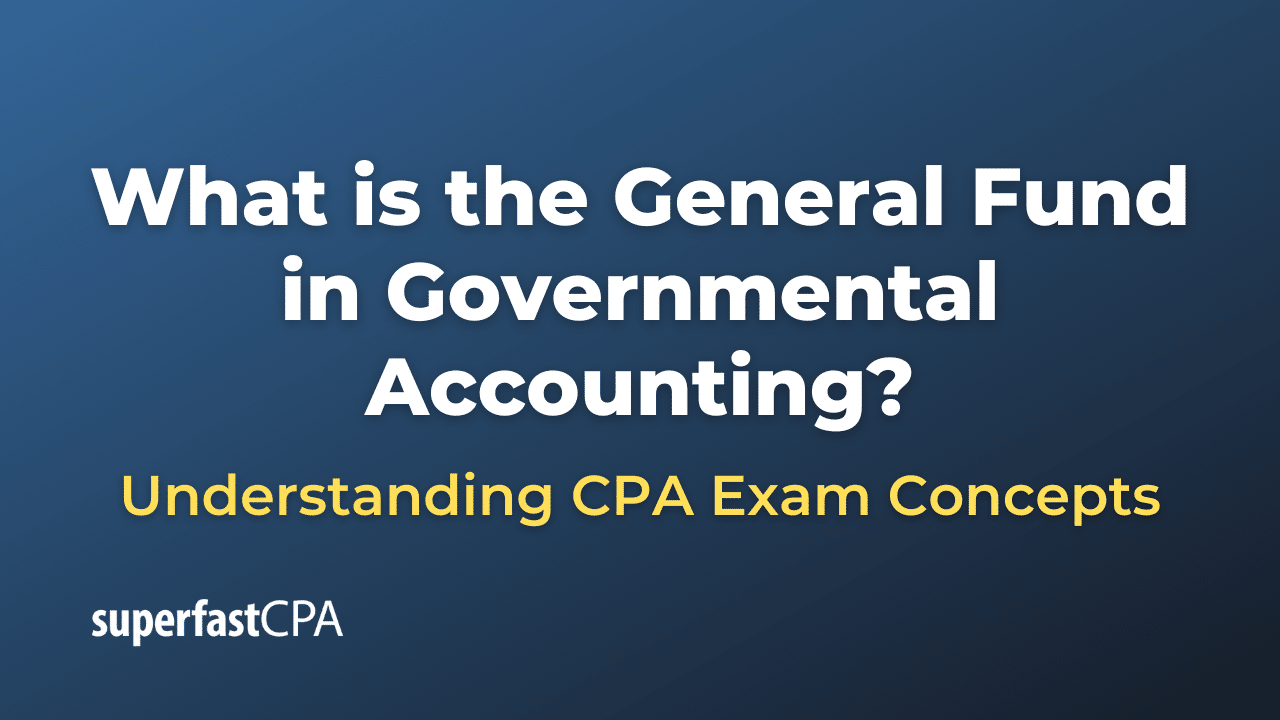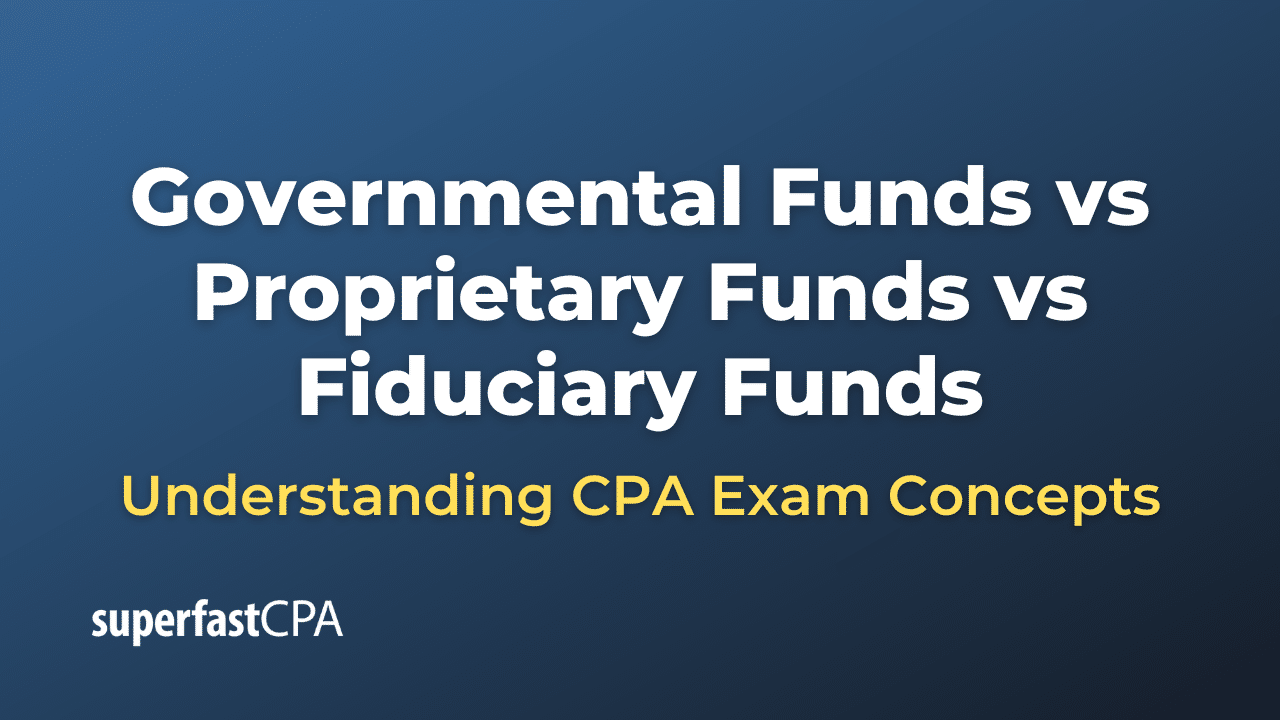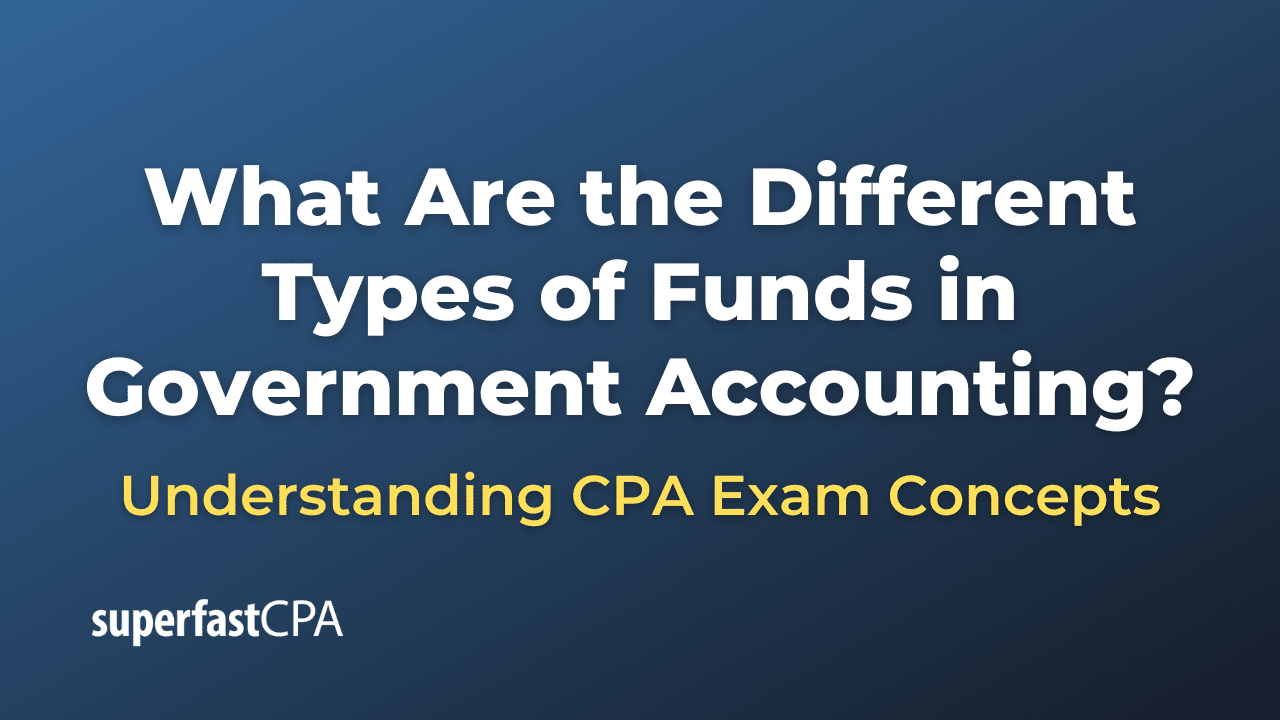Estimated Cost
The term “estimated cost” refers to an approximation or projection of the probable cost of a product, project, or service. It’s a forecasted calculation of the resources required to complete a particular task or project.
For businesses, the estimated cost is used in budgeting and planning to predict what projects or products will cost. The accuracy of these estimates can directly impact a company’s profitability and financial health. Estimates are used in various industries and contexts such as construction, manufacturing, event planning, and more.
Here are a few examples:
- Construction: Before starting a construction project, an estimated cost of the whole project is made considering various factors such as labor costs, material costs, equipment costs, permits, etc.
- Manufacturing: In manufacturing, the estimated cost would include the cost of raw materials, labor, overhead costs, and other factors necessary for the production of goods.
- Project Management: In any project, estimated costs would be derived from the resources needed, the time required, and the labor involved in executing the project.
These estimated costs are often revised as more information becomes available or circumstances change, making them as accurate as possible before any decision-making process or any financial commitment is made.
Note that estimated cost is different from “actual cost,” which is the total cost incurred for the actual performance of the work. The goal of good management is to have the actual cost closely align with the estimated cost.
Example of Estimated Cost
Let’s use a simple example related to a construction project.
Let’s say a family wants to build a new house. Before they start construction, they work with a contractor to estimate the total cost of the project. The contractor takes into account various factors:
- Labor Costs: The contractor knows that a project of this scale will need a team of 5 workers working for about 6 months. Given their hourly rate, he calculates the total labor cost.
- Material Costs: The contractor lists all the required materials for the construction: bricks, cement, timber, paint, etc. For each item, they estimate the quantity required and the cost per unit to calculate the total materials cost.
- Equipment Costs: Certain construction equipment will need to be used for this project. The contractor estimates the rental or purchase costs of this equipment.
- Permit Costs: The local government requires certain permits to be obtained for the construction. The contractor includes the cost of these permits in the estimate.
- Miscellaneous Costs: The contractor includes a buffer for unexpected costs, price increases, or changes to the project.
Adding up all these costs, the contractor provides the family with an estimated cost for the construction of their new house. This estimated cost helps the family decide whether they can afford to build the house, if they need to adjust their plans, or if they need to secure financing.
This is a simplified example and real-world construction projects would involve much more detailed and complex cost estimates, but it gives a general idea of how estimated costs are calculated.

